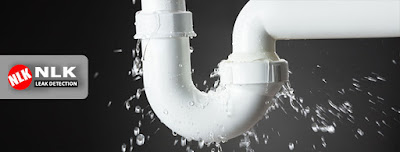Know your Hot Water Systems in Melbourne
Understanding the intricacies of hot water systems in Melbourne can
cause many of us one big headache. There is a bunch of technical jargon that is
hard to wrap our heads around, especially if don’t know much about how stuff
works. For most of us, readily available hot water is all we really care about
for when we take a shower or do our laundry.
Ben Stein’s book on Building
Technology Mechanical and Electrical Systems (1997) provides us with some
valuable information on what to know about hot water systems. According to
Stein, “Instantaneous heaters are frequently referred to as tankless heaters
because they do not use any sort of hot water storage tank.” A three-phase
electric instant hot water system as the following benefits, they are suitable
for multiple outlets, never run out of hot water, easy to install and are
energy efficient. A single-phase system is designed for smaller hot water
demands but has the same benefits as its three-phase counterpart. “Instantaneous
heaters must be large enough to supply maximum demand immediately at the
required temperature, since no hot water is stored” (Stein, 1997).
“The most common type of water heater in use today is the directly
heated automatic storage type” (Stein, 1997).
“The great advantage of a storage heater” believes Stein, “is that it
makes available a large quantity of heater water on demand, with low fuel
demand because the water is preheated and stored in an insulated tank.” Stein
highly recommends, however, that for these systems to work at their best, they
need to be sized correctly for the usage or hot water demand of the facility. Australian
standards require that all hot water systems have a backflow prevention valve
or mechanism. Backflow is normally a result of pressure loss in water mains. “A
vacuum breaker is a device that prevents backflow, due to negative pressure
(siphon), from occurring… thus preventing contamination and pollution of the
portable water system” (Stein 1997). Backflow prevention can also be achieved
using a pressure differential valve. This is an important aspect of the hot
water system to ensure that the water we are using is safe.
An RMIT University investigation into the impacts of hot water systems
on the environment has found that point-of-use hot water systems are proving
more energy efficient than gas hot water systems. The investigation found that
when testing the point-of-use electric
product against the two systems over the life cycle in a 257-apartment building
and an 8-apartment block, in operation, point-of-use was up to 3.1 times more
energy efficient than gas in the medium-density block (up to 1.6 times compared
with solar-boosted gas) and in operation, point-of-use electric was up to 2.3
times more energy efficient than gas in the high-density building.
Senior Lecturer in Environment and Planning at RMIT, Alan Pears AM said
‘Our findings show there are significant opportunities today,
and in coming years, for point-of-use electric systems to perform better than
gas and solar-boosted gas, in greenhouse gas emissions and energy demand,’ he
said.Sanctuary
Magazine published an article citing the RMIT study, reporting that if “we
produce more green power, point-of-use electric hot water systems might be more
environmentally friendly than gas hot water heaters.” The article continues,
“While the study found gas currently scored better on greenhouse gas emissions
in coal-reliant Victoria over the life cycle, the electric system could perform
better with green power now and in coming decades (with more grid renewable
energy).”



Find the best energy-efficient water heater for all your needs with Illuminate Au. We provide best free upgrade hot water system services in Victoria under Victorian Government's Energy Upgrades program.
ReplyDelete